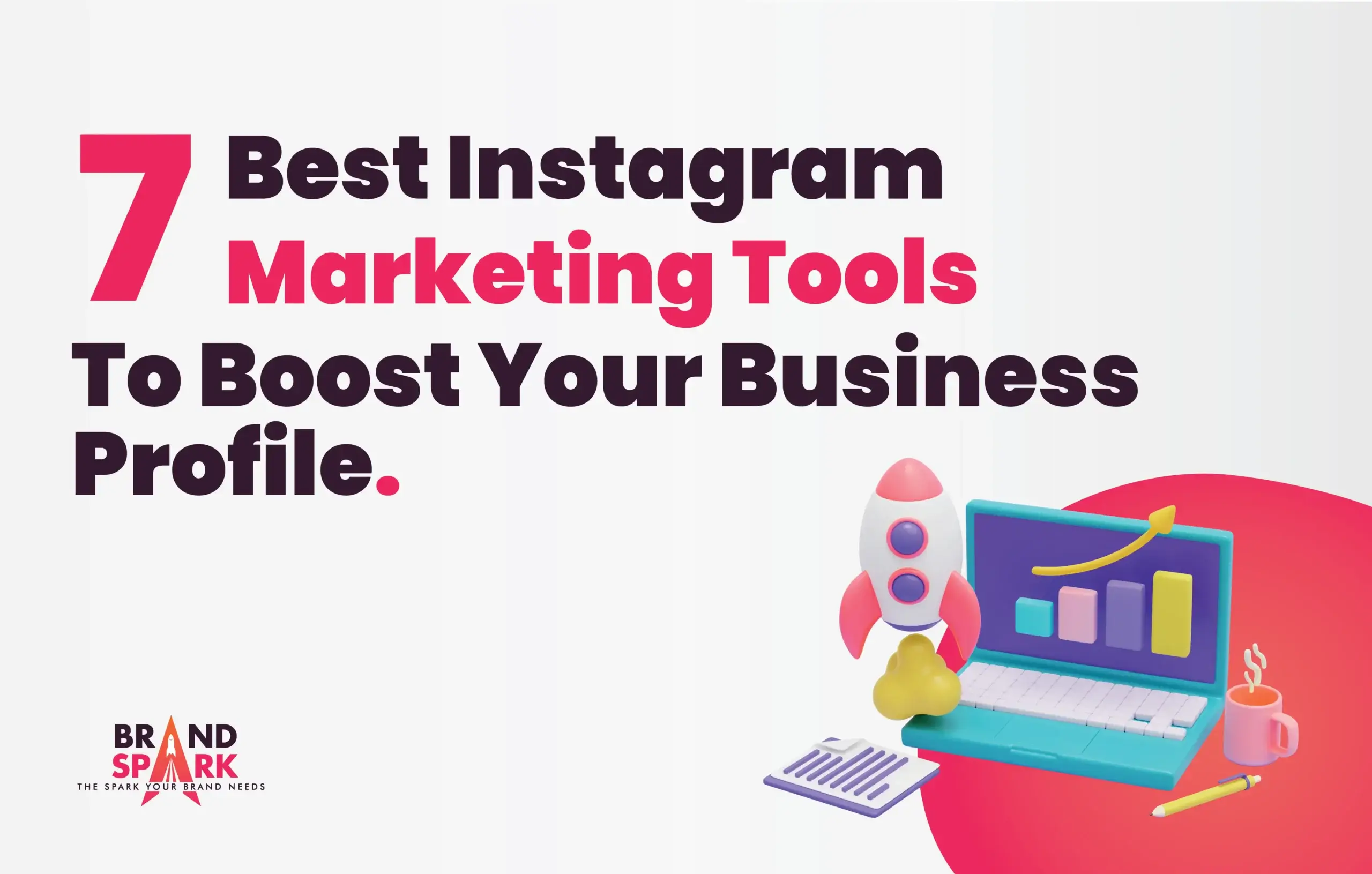In the vast and complex landscape of digital marketing, the term backlinks is frequently mentioned as a key element in the pursuit of online success. But what exactly are backlinks, and why do they play such a crucial role in digital marketing strategies? In this blog, we will demystify the concept of backlinks, exploring what they are and why they are essential in today’s digital marketing landscape.
What Is a Backlink to a Website?
Let’s start with the basics. A backlink, also known as an inbound link or an incoming link, is a hyperlink on one website that points to another website. In simpler terms, it’s a reference from one web page to another. These links are an integral part of the web’s architecture, as they allow users to navigate between web pages and provide valuable information. From a digital marketing perspective, backlinks are a cornerstone for building an online presence, boosting search engine rankings, and attracting organic traffic.
Backlinks are like the building blocks of the web, connecting content and websites in a vast interconnected network. They help users discover new information, share resources, and navigate the digital landscape. But in addition to serving as a navigation tool, backlinks have a profound impact on a website’s visibility, credibility, and search engine rankings.
The Significance of Backlinks in Digital Marketing
Now that we’ve defined what a backlink is, let’s delve into why they are indispensable in the realm of digital marketing:
1. Enhanced Search Engine Visibility:
Search engines like Google use complex algorithms to determine the ranking of websites in search results. Backlinks are a critical factor in these algorithms. When your website has a substantial number of high-quality backlinks from reputable sources, it sends a signal to search engines that your content is valuable and relevant. Consequently, your website is more likely to appear higher in search results, leading to increased organic traffic.
2. Credibility and Authority:
Backlinks from authoritative and trustworthy websites act as an endorsement for your content. When a well-respected website links to your content, it implies that your information is reliable and of high quality. This association builds trust with your audience and positions your website as an authority in your niche.
3. Referral Traffic:
Backlinks are not just about search engine rankings. They also serve as direct pathways for potential visitors to discover your website. When users click on a backlink on another site, they are directed to your website, providing an opportunity for engagement, conversion, and lead generation.
4. Content Validation:
Backlinks validate the content on your website. When other websites link to your content, it confirms that your information is relevant and valuable to their audience. This validation can enhance your content’s credibility and encourage more users to engage with it.
5. Link Building and Outreach:
Link building is an essential component of digital marketing. By actively seeking out opportunities to acquire backlinks from relevant and authoritative sources, you can strengthen your online presence and reach a wider audience. Outreach to other websites, bloggers, and influencers in your niche can lead to valuable backlink partnerships.
6. Competitive Edge:
In the highly competitive digital landscape, the quality and quantity of backlinks can set you apart from your competitors. Websites with a robust backlink profile are more likely to outperform those with fewer or lower-quality backlinks. Therefore, investing in a strategic backlink building campaign can give you a competitive edge.
7. Diverse Traffic Sources:
Relying solely on one traffic source, such as paid advertising, can be risky. Backlinks provide an alternative source of traffic. By diversifying your traffic sources, you reduce your dependence on a single channel and make your digital marketing efforts more resilient.
How to Build Effective Backlinks
While backlinks are undeniably valuable in digital marketing, it’s important to note that not all backlinks are created equal. The quality of the backlinks you acquire matters just as much as the quantity. Here are some strategies to build effective backlinks:
1. Create High-Quality Content:
Content is the foundation of a successful backlink strategy. Produce informative, engaging, and shareable content that naturally attracts backlinks from other websites.
2. Guest Blogging:
Collaborate with other websites and contribute guest posts. In return, you can usually include a backlink to your own content. This strategy not only builds backlinks but also exposes your expertise to a broader audience.
3. Broken Link Building:
Identify broken links on other websites and offer to replace them with links to your own content if it’s relevant. This provides value to the website owner and gives you an opportunity to secure a backlink.
4. Outreach and Relationship Building:
Establish relationships with influencers, bloggers, and website owners in your niche. Outreach to them and propose collaboration opportunities, such as interviews, joint content creation, or product reviews that can lead to backlinks.
5. Participate in Online Communities:
Active participation in forums, discussion boards, and social media groups related to your industry can help you connect with others who may be interested in linking to your content.
6. Monitor Your Backlink Profile:
Regularly monitor the backlinks pointing to your website to ensure they are of high quality and relevant. Disavow any toxic or spammy links to maintain a clean backlink profile.
7. Stay Informed:
The digital marketing landscape is constantly evolving. Stay up to date with the latest best practices and search engine algorithms to adapt your backlink strategy accordingly.
The Bottom Line
In conclusion, backlinks are a fundamental element of digital marketing, playing a vital role in improving search engine visibility, enhancing credibility, and driving organic traffic. Understanding what backlinks are and their significance in the digital marketing ecosystem empowers businesses and website owners to build effective strategies that will propel them toward online success. Whether you’re a seasoned digital marketer or just starting, embracing the power of backlinks can make a significant difference in achieving your online marketing goals.





















